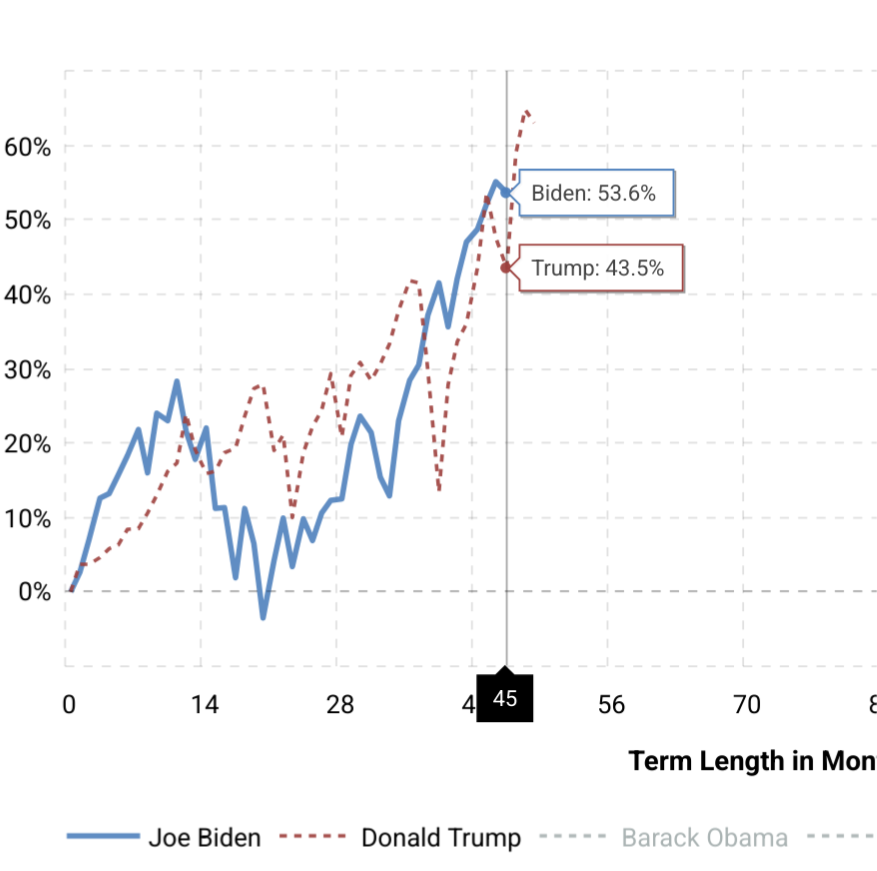

Kyle Hill has done a fantastic job discussing nuclear energy, if anyone is interested in learning more about its viability. https://youtu.be/J3znG6_vla0
Also, I’ll leave this safety study here as well because nuclear safety is, and should be, a top concern.
https://ourworldindata.org/safest-sources-of-energy













Great points! Wind and solar are far easier to scale. Their main issue is land use, but when applied properly (with appropriate environmental impact assessments) that’s not a major concern on its own, really it’s transiting that power to use centers. Dealing with the individual property rights for a transmission line that doesn’t benefit the person under it is and has been enough to kill energy projects.
In my opinion, nuclear’s strength lies in its energy density. You could replace a coal or gas plant with a nuclear plant. This is an option being explored by a couple companies because it enabled them to use land no one wants that already has the cooling and transmission connections.
I support nuclear and it was a recurring theme in my environmental policy degree, but I am by no means against wind and solar. I think they are fantastic sources. They each have their trade offs. But we will need to make use of everything in the face of climate change.
One small note, nuclear is expensive, however be cautious when researching cost per Wh produced and look for the time scale. Wind and solar projects are often forecasted to run for just 20 years, they can certainly go longer though. Nuclear runs for 50+ years. Cost comparisons always use the lowest time scale. Nuclear obviously has a very high upfront cost that makes it stupid expensive for a 20 year plan, but over 50 it can reach parody or undercut renewables. Renewables are also done a disservice by these same reports by locking them to the low timescales when their leases are easily extended. But leases are also a large expense so renewal does bump the cost. Things get difficult to forecast with those known-unknows, so it’s easier, and more accurate to take the lowest scale and say “this is the cost for 20 years” and let the reader decide if they want to math out the 2.5 multiplier. But then it wouldn’t be accurate to the 20 years since renewal costs and…well, you see why we use the lower scale.